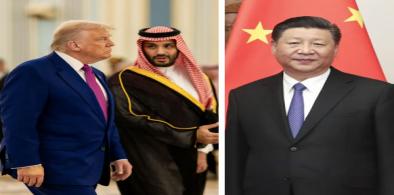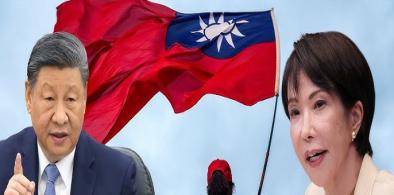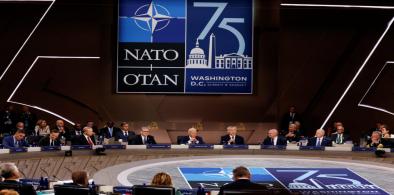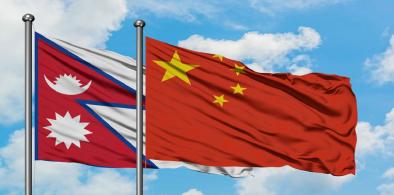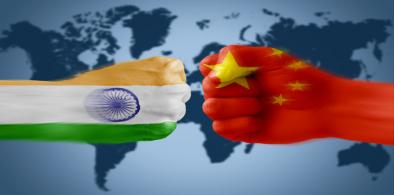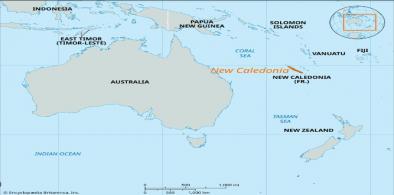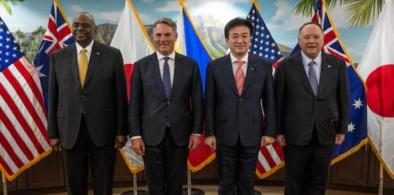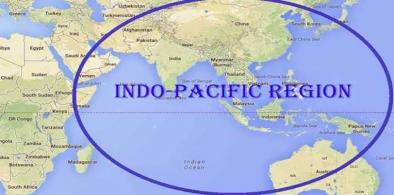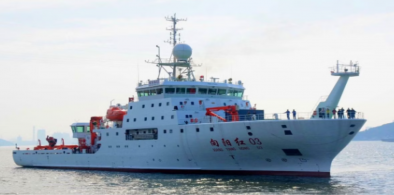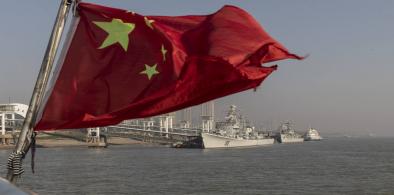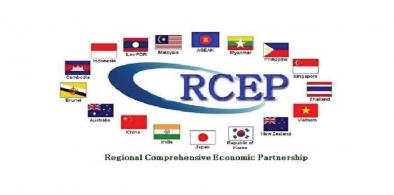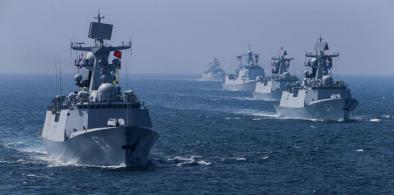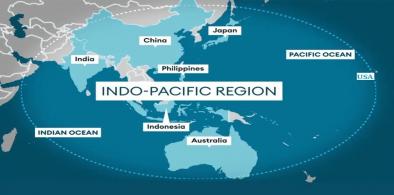The participation of Indo-Pacific partners in the NATO summit epitomizes the breaking of traditional geopolitical barriers, ushering in what is often referred to as "the new geometry" of international relations.

Delhi Needs A Blue Sky Accord With Beijing: India And China Must Lead Through Environmental Diplomacy
The 75th anniversary of India–China relations offers a rare diplomatic opening. In a world of strategic rivalry, climate change and air pollution represent a shared threat where national interests converge. Environmental cooperation provides a low-politics entry point for rebuilding trust—through joint work on crop-residue management, high-density air-monitoring networks, and clean-energy transitions. Moreover, the Himalayan region—the planet’s “Third Pole”—is acutely vulnerable to black carbon and atmospheric pollutants from both sides of the border. Cooperation on air quality is therefore an act of Himalayan stewardship, protecting the water security of over a billion people.
Riyadh’s High-Stakes Power Game: Balancing US and Chinese Interests
At the same time, MBS has skilfully leveraged China as a strategic counterweight, signalling that any American hesitation could push Riyadh towards deeper military and technological cooperation with Beijing—an outcome the United States would prefer to avoid. China has already become Saudi Arabia’s largest trading partner, while the United States remains its primary arms supplier and security guarantor.
Japan Shaping New Asian Security Narrative With Taiwan Stance
If Taiwan were to fall, Japan’s security architecture would be fundamentally compromised. The First Island Chain would fracture, opening a northern pathway for Beijing toward Okinawa and Kyushu. Takaichi recognised this reality and voiced what many regional strategists have long acknowledged: Japan has little choice but to act, even at the cost of Beijing’s displeasure.
Choosing The Dalai Lama: Tibet’s Unequivocal Rejection of the Golden Urn System
Reincarnation in Tibetan Buddhism is a profound spiritual process determined by the enlightened intentions of the deceased master and recognized through visions, prophecies, dreams, and unmistakable signs - not through the drawing of lots. The historical record is unequivocal: Tibet consistently regarded the Golden Urn as an external political imposition and avoided it whenever authentic spiritual evidence was present.
Beijing’s hold on Nepal will have long-term implications for India
India introduced the Agnipath system of recruitment in its military, denying regular recruitment to thousands of Nepalese Gurkhas into the Indian Army, not only aggravating unemployment in Nepal, but more importantly, shattering the strong bond between the Indian and Nepalese armies.
Dalai Lama in the US: Opportunity for Biden in election year to make a statement to China as India watches
From the Indian standpoint Prime Minister Modi may like to keep the Tibetan issue on the foreign policy agenda of his third term while dealing with a recalcitrant China. Its particular reference to the Tibetan issue remaining unresolved in accordance with international law may provide some opening to New Delhi to work on given the historical sensitivities of India's border dispute with China.
Restoring historical names in Tibet: Can India really show the mirror to China?
If NDA 3.0 wanted to show assertiveness to China, why were representatives of the Central Tibet Administration not invited for the osth-taking ceremony at Rashtrapati Bhavan on June 9, as they were invited in 2014 for the swearing-in of the then new NDA government.
China pushes the red line: Growing challenges to rules-based order and international norms in the South China Sea
New power tools being used by China to expand regional dominance have heightened regional security dilemmas and sparked arms races. They have also caused systemic wariness among nations of the Indo-Pacific who will long for the status quo of a stable rules-based order.
What the unrest in New Caledonia means for the Indo Pacific and China's looming presence
The potential implications of recent protests in New Caledonia are best understood in the context of a broader framework of China’s increasing presence in the South Pacific island countries.
Quad and now the Squad: New power equations in the Indo-Pacific
This new bloc is vital for both the US and regional players, especially the Philippines which is not part of the original Quad. For Australia and Japan, this new partnership represents a more focused security arrangement with greater on-the-ground ease of conducting military activities as compared to the more bureaucratic Quad.
Is the US finally realizing Bangladesh's importance in its Indo-Pacific strategy?
Bangladesh must exercise caution when considering the adoption of the Indo-Pacific Strategy advocated by the US and its regional allies. This move could potentially strain Bangladesh's friendship with China.
Chinese 'research vessels' in Indian Ocean raises red flags in Indian maritime circles
Over half of these 'research vessels' operated in the South China Sea, but their growing presence in the Indian Ocean has stirred regional tensions and is a matter of growing concern to India.
US looking to boost economic ties with ‘critical partner’ India through IPEF
While most of the attention to keeping the Indo-Pacific region free and open has been focused on strategic issues, Venkataraman emphasized the critical role of the IPEF in boosting regional economic ties.
China's growing maritime muscle has implications for IOR security
India has signed a $375 million contract with the Philippines for three batteries of BrahMos supersonic cruise missiles, among the most advanced in the world. This will be seen by Beijing as a direct threat to its interests in the South China Sea.
China joins India in the climate challenge - target Net-Zero university campus
“We are all fighting a global war against our common enemy, which is the climate crisis,” said Dr Rajendra Shende
How China dumped in India using the RCEP intra-trade route
China used both the ASEAN FTA and RCEP tariff concessions to enter the ASEAN market to make it a potential platform for sneaking into the Indian market through the ASEAN–India FTA.
Chinese military activities in the Indian Ocean Region are a warning to India
Sri Lanka is also allowing Chinese research vessels in its ports. China has big plans for the region, not just spy ships.
India's rising power benefits the Indo Pacific
India’s inevitable regional and global leadership provides a welcome new opening for the country and the region in their security calculations. It remains the region’s most important Asian partner in providing the economic and security fallback that is based on values, trust and proven expectations.


